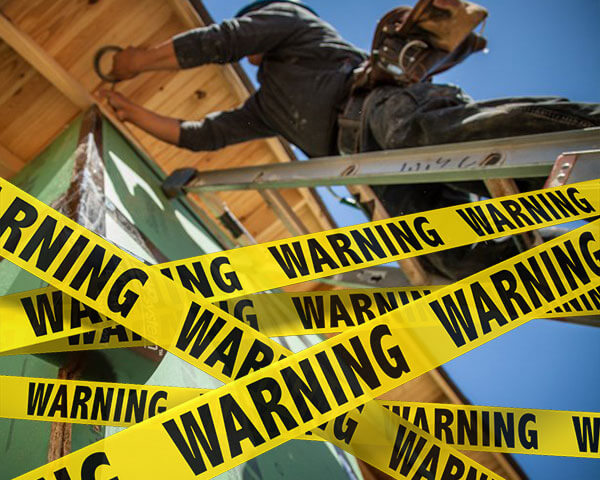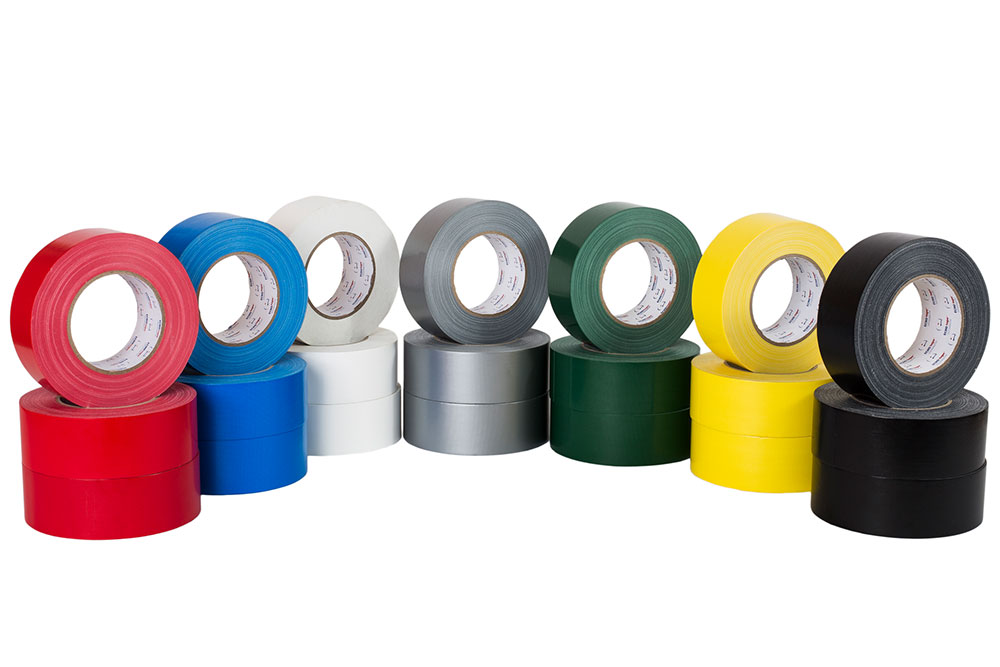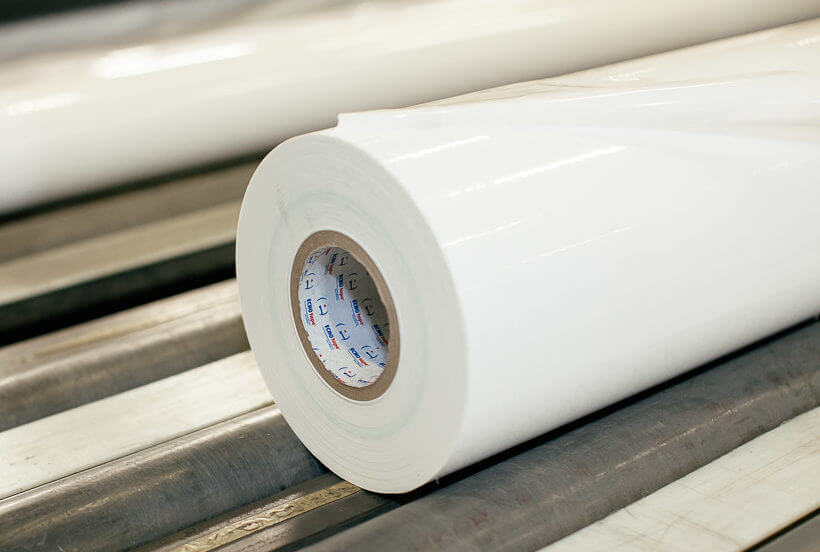Heavy-duty double-sided tape is useful in a wide range of construction scenarios, but no tool is perfect for every job. Sometimes, adhesive tape doesn’t stick.
It’s easy to assume the tape itself is to blame, but truth be told, there are some other usual suspects to consider first. Here are the 8 most common reasons your double-sided tape won’t stick and how to prevent tape failure.
1. Failure to Test
We get it. The package label made lofty promises, but generally speaking, adhesive testing should always be done before using double-sided tape.
Not all double-sided tapes are created equal.
Maybe the one you chose isn’t aggressive enough and it fell off. Or, perhaps, it’s too aggressive and caused damage to the surface it was applied to. When in doubt, test the adhesive first to prevent tape failure.
Related: Tips on Choosing the Right Tape
2. Temperature Tape Failure
Carefully factor in the temperature. Are both the tape and the surface at least 18ºC/65ºF? The tackiness of the adhesive tape is very temperature-dependent, and the colder the conditions, the weaker the bond will be. And on the flip side, extremely high temperatures can cause the adhesive to melt and lose its strength.
If you must work at lower temperatures, then use a temperature-sensitive double-sided tape specifically designed for colder climates.
3. Dirty Surface
Traces of dust, dirt, grease, and even the slightest hint of moisture before bonding will contaminate the adhesive surface and act as a barrier between the two.
To prevent tape failure, prepare the surface, give it a quick wash with rubbing alcohol and dry it with a clean cloth.
Related: How to Make Tape Stick Better
4. UV Exposure
Prolonged exposure to ultraviolet light can cause certain chemical materials (such as natural and some synthetic rubbers as well as polyethylene) to become hard and brittle. Absolutely not the qualities you want in a tape that needs to hold for any duration in a particular application.
If the area where you will be using the tape sees above-average UV exposure, you may need to consider a different tool for the job.
5. Chemical Migration
Liquids such as oils, plasticizers, and dyes are a lighter weight material and can therefore easily “move” from the product (the surface) to be absorbed by any adjacent material (the tape). This movement is known as “migration.”
For example, consider PVC: plasticized to provide flexibility, it is a lower-cost, lower-molecular weight material. If a typical pressure-sensitive adhesive is applied to PVC and allowed to remain in place for a prolonged period, the plasticizer will migrate from the PVC surface into the pressure-sensitive adhesive; making the glue a gummy mess.
When using this type of material, choose a high-quality, double-coated tape specifically designed for PVC applications. This will considerably reduce any tendency to migrate, thereby preventing tape failure.
6. Improper Calculations
The correct surface contact to weight ratio plays a factor. Think of it this way: Is there a big enough surface of sticky stuff applied to a substrate to hold the weight of the object stuck to the other side of the tape? Likewise, does the “other side” have a large enough surface of sticky stuff applied to it to hold the weight of the object? For example: If you need to adhere poly sheeting to a wall, you need to have a wide enough strip of double-coated tape to be able to hold the weight of the poly sheeting to the wall. In this scenario, 1/4” wide might fall, but 1/2″ might do it.
7. Improper Storage
If you leave milk on the counter overnight, it spoils. The same is true of building supplies. When materials are bought in bulk and stored in dusty, wet or extremely hot or cold conditions for extended periods, the adhesive deteriorates. Read more about extending the shelf life of your tape here.
8. Improper Installation
It’s not always, “Roll and go”.
Did you put enough pressure on the tape?
Did you clean the surface before applying the tape?
Did you remember to remove the liner? (Yes, that happened!)
Sometimes preventing tape failure is as simple as slowing down and paying attention to detail.
How To Use Double-Sided Tape
Now that you’ve figured out why your tape didn’t stick, here are the best ways to ensure success.
Whether you’re using general purpose tape for school projects or permanent double-sided tape for industrial projects, the process is generally the same:
- Choose the right tape for the job.
- Ensure the tape and the surface is warm enough.
- Clean the surface with rubber alcohol.
- Test the surface.
- Apply adequate pressure.
- Avoid sun exposure.
- Store your tape correctly before use.
For more information about double-sided tape, please visit The Complete Technical Guide to Double Sided Tape.
To learn more about how ECHOtape can help you, read about our tape obsession here.
See Related Articles
How To Choose The Right Double Sided Tape
Types Of Double Sided Tape And Their Primary Uses
Double Sided Tape For Construction
Double Sided Tape For Interior Design
Double Sided Tape For Manufacturing And Assembly
Double Sided Tape For Fabrics And Textiles
Double Sided Tape For Event Production
Double Sided Tape For Signage And Displays




